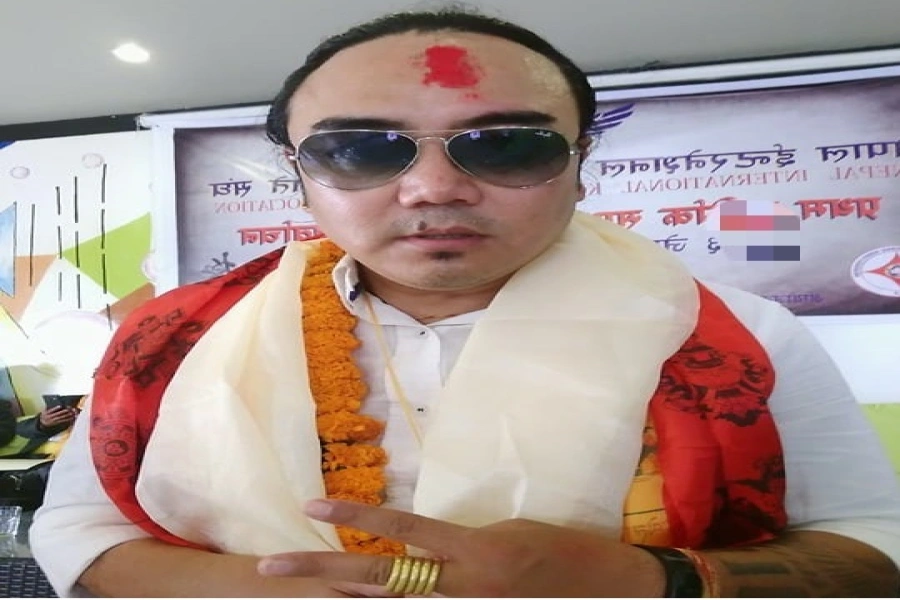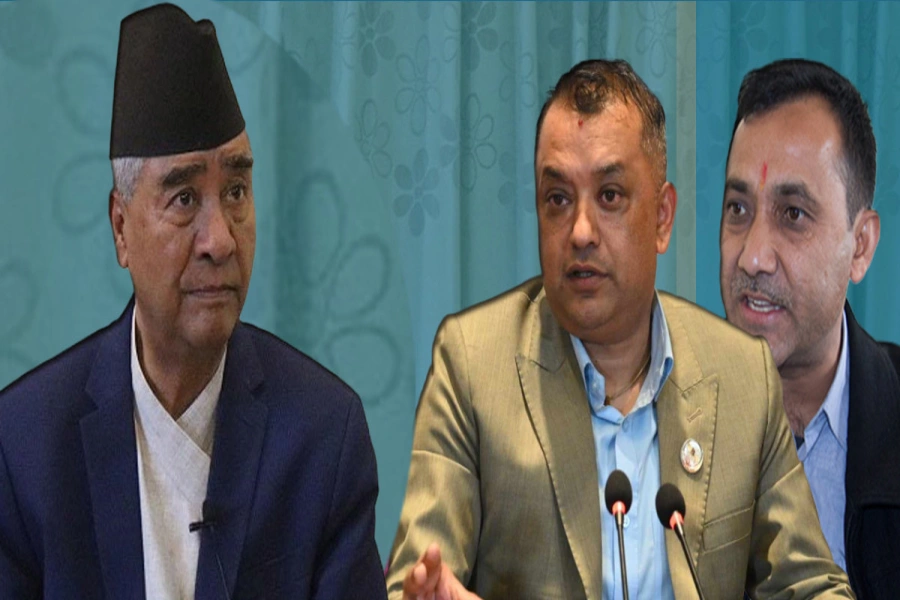Wishing you a peaceful and blissful 10thInternational Yoga Day. This year's theme is 'Yoga for Women Empowerment'.The term 'Yoga' originates from the Sanskrit root 'Yuj', which means 'to join,’ or 'to unite'. In ancient times, our gurus and sages were esteemed scientists and doctors. They introduced us to Yoga, Pranayama and Meditation techniques. These practices remain effective today, just as they were thousands of years ago. Like Joe Louis' saying that "Everyone desires to reach heaven, yet nobody desires to die," we aspire to be healthy and happy but find ourselves unable to achieve it due to excessive ambition, which has made our lives hectic and unstable. As a result, we neglect proper eating, sleeping, and hydration habits, leading to decreased motivation in our daily tasks. When we do not derive satisfaction from our work, we often feel unsettled and discontented. By paying closer attention to these habits of Yog, Pranayama and Meditation, we can enhance our lives to be happier and more peaceful. We get 1440 mins daily, setting aside 30 minutes for ourselves is crucial because good health is the essential pathway to a happier life.
Yogasana involves rhythmic movements of the body, including both backward and forward as well as upward and downward motions, constituting a type of physical exercise.There are around one hundred types of Yogasanas but practicing 8-10 asanas daily is recommended. Yogasanas are best practiced on an empty stomach and should be performed slowly, focusing on engaging your core.During seasonal illnesses, menstruation, after surgery, or under force, avoid attempting any asanas.There are three types of asanas where a practitioner can assume a seated, standing, or lying-down position. For physical fitness try the below asanas:
Siting
1. Sukhasana
2. Vajrasana
3. Prithvi Namskar
In a quest for yoga-land

4. Mandukasana
Lying Down
5. Halasana
6. Uttanpadasana
7. Sarpasana
Standing
8. Trikonasana
9. Dwikonasana
10. Chaturkonasana
Pranayama is a breathing exercise, which is of 10-12 types, but it is advisable to practice only 1-2 types regularly.
1. Simple Pranayama: Sit comfortably in Sukhasana (cross legged position) in a quiet space. Inhale and exhale slowly and deeply. Duration 5-7 minutes.
2. Antarkumhaka: Also, in Sukhasana,inhale for 16 seconds, hold your breath for 32 seconds, and exhale it for 8 seconds. Initially, you can half the duration if needed.
Mind Management Meditation is an ancient and highly effective technique that can be suitable for people of all ages. Begin with 3 minutes and gradually extend to 15 minutes. Close your eyes and sit in Sukhasana, Padmasana, or Siddhasana ensuring your spine is erect from the lower back to the neck. This Meditation has three steps.
In the first step, for 30 seconds, listen to all the background sounds without analyzing them. In the second step spend 30 seconds visualizing your face as you see it in the mirror. In the last step, sit as quietly as possible with your teeth lightly touching one another and your tongue against the roof of your mouth for 10 minutes.Remember to start with Yogasana, followed by Pranayama, and then Meditation (Dhyan).
“Yoga is the journey of the self, through the self, to the self.”- The Bhagavad Gita
“Through practice comes Yoga, through Yoga comes knowledge, through knowledge love. And through love bliss”- Swami Vivekananda
“By the practice of meditation, you will find that you are carrying within your heart a portable paradise”- Paramahansa Yogananda.






































